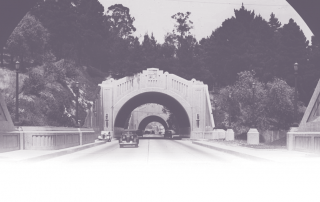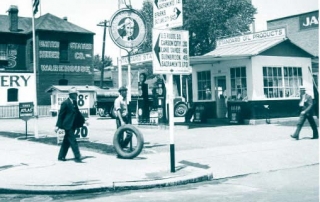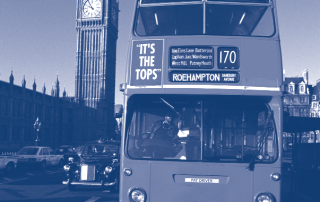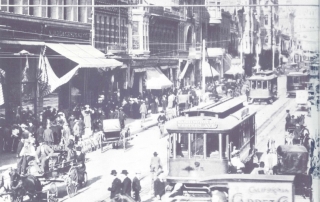When Do Slower Roads Provide Faster Travel?
Kenneth A. Small and
Chen Feng Ng
The tremendous expense required for new urban road capacity has led policy analysts and decision makers to despair of “building our way out of traffic congestion.” But there is another route involving highway design that is relatively unexplored: designing more compact roads.
Download the PDF.





